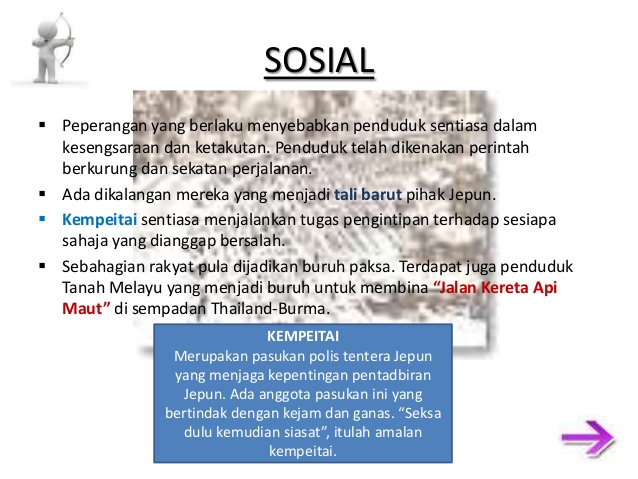Review Article Open Access Inguinal Hernia. A Review.
Surgical practice of inguinal hernia is most common operations performed now days .inguinal hernia is the one of the most important problem in a public health, also another problem of hernia is that it can it can present a danger problem even for a skilled surgeon because many disease infection can be regarded as hernia (Onuigbo WIB, et al 2016).
The first type of hernia you come across is an umbilical hernia, which is when babies and children have a bulging of their intestines through their abdominal wall.This usually happens near the.

III. Inguinal and Femoral hernias a. Indirect Inguinal Hernia An indirect inguinal hernia occurs when any intra-abdominal structure protrudes through the deep inguinal ring entering the inguinal canal. An indirect inguinal hernia is a congenital lesion. The processus vaginalis must be patent for this type of hernia to occur. A patent processus.

This type of hernia requires emergency surgery to release the tissue and repair the hernia. The above hernia types are fairly common. Other common herniations occur in intervertebral disks that can cause back and leg pain. However, there are still other hernia types that are less common. As stated previously, hernias may appear almost anywhere.

Introduction and Aims Pain is the most common symptom associated with hernias but there is little in the literature on its effects on an individual’s physical activity or quality of life. Up to one-third of patients with an inguinal hernia have no symptoms from the hernia. Repair of a ventral hernia is a common operation and increasing in frequency.

When people use the term hernia they are usually referring to an inguinal hernia. An inguinal hernia is commonly referred to as a rupture. It occurs in the groin at the level of the groin crease. The term hernia means that a portion of gut has bulged out through a gap in the abdominal muscles giving rise to a small swelling in the groin.

Read about hernia pain, types of hernias, surgery, surgery complications, and treatment. Learn the signs and symptoms of hernias in men, in women, and in children. A hernia results when the contents of a body cavity protrude from their usual containment area.

Hernia, protrusion of an organ or tissue from its normal cavity. The protrusion may extend outside the body or between cavities within the body, as when loops of intestine escape from the abdominal cavity into the chest through a defect in the diaphragm, the muscular partition between the two.
Abdominal Hernia. An abdominal hernia occurs when one or more of the organs in the abdominal cavity (the stomach, small intestine, large intestine, etc.) protrude through a weak spot in the abdominal wall. These hernias are classified based on the location of the weak spot and the severity.

The precondition for the formation of this particular hernia, as stated by Richter, is determined by the size and consistency of the hernial orifice: it must be big enough to ensnare the bowel wall, but small enough to prevent protrusion of an entire loop of the intestine, and the margin of the hernial ring must be firm or, in Richter’s words, “possess strong spring-force.” 6 According.

Inguinal Hernia National Digestive Diseases Information Clearinghouse U.S. Department of Health and Human Services NATIONAL INSTITUTES OF HEALTH. What is inguinal hernia? An inguinal hernia is a condition in which intra-abdominal fat or part of the small intestine, also called the small bowel, bulges through a weak area in the lower abdominal muscles. An inguinal hernia occurs in the groin.

Hernia surgery is one of the most common treatments done each year, but many people who have them find it difficult to obtain all the information that would help them cope with the operation. In this straightforward book, Dr Delvin explains the causes and symptoms of hernias, with advice to help you when you're talking to the doctor about the problems.

Please use one of the following formats to cite this article in your essay, paper or report: APA. Mandal, Ananya. (2019, February 26). Hernia Treatment.




